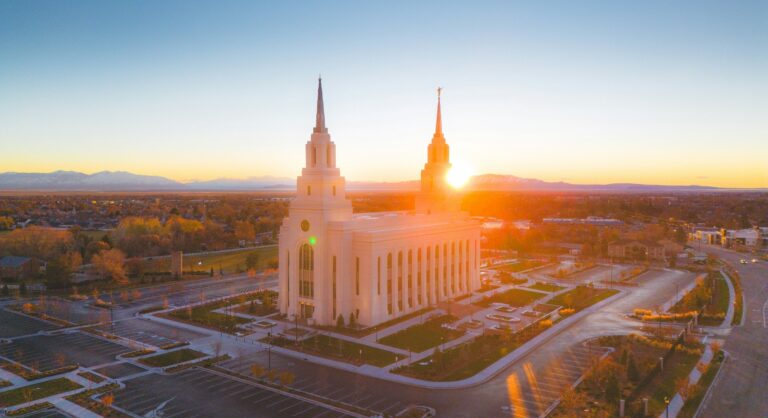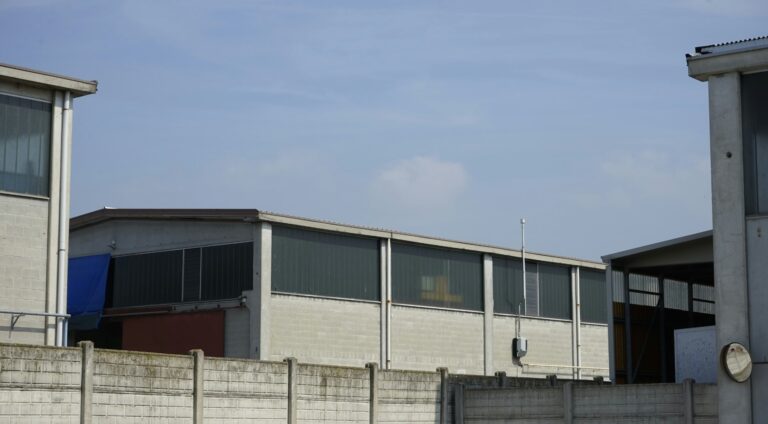Understanding Sexual Abuse in the LDS (Latter-day Saints) Church
Key Takeaways
Abuse Can Thrive in Trusted Spaces
Sexual abuse within the LDS Church often occurs in environments shaped by trust, spiritual authority, and limited oversight. Survivors have faced devastating harm in spaces that were meant to be safe, from Church buildings to youth camps and missionary service.
Barriers That Silence Survivors
Institutional barriers such as internal secrecy, cultural silence, and legal protections for clergy have made it harder for survivors to come forward, be believed, and find justice. Many report being dismissed or discouraged when seeking help.
Accountability Starts with Survivors’ Voices
Survivors’ courage in speaking out has revealed patterns of negligence and cover-ups that demand accountability. Legal action continues to be a powerful way to seek change, validation, and long-term healing.
Action Item
If you or someone you love has experienced abuse connected to the LDS Church, know that you’re not alone. Contact a trauma-informed sexual abuse attorney to explore your legal options in a safe and confidential environment.
Legal Considerations
State laws—including clergy-penitent privilege—can impact how abuse cases are handled. An experienced legal team can guide you through these complexities while protecting your privacy and advocating for your rights.
Sexual abuse within the Church of Jesus Christ of Latter-day Saints (LDS) is a serious and widespread issue that continues to devastate individuals, families, and communities. Survivors of abuse in the Church often face unique barriers to justice, including cultural norms that discourage speaking out, systemic failings within the institution, and legal challenges like clergy-penitent privilege laws. This blog aims to provide a comprehensive understanding of abuse in the LDS Church, including where it occurs, who the perpetrators are, and how survivors can seek justice.
Who Are the Sexual Perpetrators From the LDS Church?
Sexual perpetrators within the LDS Church often exploit their positions of trust and authority. The following groups have been implicated in abuse cases:
- Ecclesiastical Leaders: Bishops and other Church leaders hold significant power over congregants. Members are taught to trust and obey their leaders as spiritual guides, which can make it difficult to question their behavior. Perpetrators in these roles often use their authority to groom victims, silence dissent, and create situations where abuse can occur without immediate suspicion.
For example, one-on-one interviews between bishops and minors, a common practice in the LDS Church, have created opportunities for inappropriate behavior, manipulation, and abuse. Despite calls for reform, such practices continue in many wards.
- Community Members in Trusted Roles: Abuse is not limited to Church leaders. Other members, such as Sunday School teachers, youth activity leaders, and even close family friends, have also been identified as perpetrators. These individuals often build trust with families and children, leveraging their community standing to gain access to victims.
- Repeat Offenders: A troubling pattern in some cases is the Church’s failure to address allegations against known offenders. For example, Franklin Curtis, who abused Jeremiah Scott, was allowed to remain active in the Church despite a known history of sexual misconduct. This negligence enabled further sexual abuse and contributed to the Church’s eventual $3 million settlement with Scott.
By failing to monitor or remove known abusers, the Church has often put its members, especially children, in harm’s way.
What Kind of Sexual Abuse Cases Have Been Brought Against the LDS Church?
Survivors have brought various types of legal actions against the LDS Church, exposing systemic failings and cultural practices that can foster abuse.
- Child Sexual Abuse Cases: A significant proportion of cases involve children abused in Church-sponsored activities, such as youth camps, Scouting programs, and Sunday School. Many victims report being abused by leaders or older participants who were given unchecked authority.
In some cases, families sought help from Church leaders, only to have their concerns dismissed or downplayed. Survivors often describe a lack of support from the institution, with leaders prioritizing the Church’s reputation over the safety of its members.
- Failure to Report Abuse: Lawsuits frequently allege that the Church failed to report known abuse to law enforcement. In many instances, Church officials were informed of abuse through confessions or complaints but chose to handle the matter internally rather than involve authorities. This approach often allowed abuse to continue unchecked.
- Cover-Ups and Legal Challenges: Allegations of cover-ups are common, with survivors accusing the Church of pressuring families to remain silent or settle claims privately. These actions not only deny survivors justice but also shield perpetrators from accountability.
For detailed examples of cases, visit Crew Janci’s LDS Church Sexual Abuse Case Studies.
Where Can Abuse Happen?
Sexual abuse within the LDS Church has occurred in a variety of settings. These include:
- Church Buildings: Abuse often happens during private meetings with Church leaders. Bishops frequently meet with congregants in closed-door settings, including minors, as part of routine spiritual interviews. These secluded, unmonitored environments create opportunities for sexual abuse.
- Youth Programs and Camps: Church-sponsored camps, retreats, and youth programs are intended to foster fellowship and spiritual growth but have sometimes become environments where abuse occurs. Insufficient supervision and a lack of robust safeguards leave children and teens vulnerable to predatory behavior.
- Missionary Assignments: Young adults participating in missionary assignments are also at risk. Reports of abuse by fellow missionaries or local leaders highlight a lack of oversight and insufficient support for victims.
- Home Environments: Abuse can also occur within the family, facilitated by religious dynamics that discourage reporting. Survivors may feel pressured to forgive their abusers or keep the abuse hidden to avoid shaming the family or Church community.
These environments, meant to provide spiritual growth and community, can instead become places where predators exploit trust and authority.
Cases of LDS Mormon Church Sexual Abuse
Real-life cases illustrate the devastating impact of sexual abuse within the LDS Church:
- Paul Adams Case: Adams, an LDS member, admitted to his bishop that he had sexually abused his daughter. Instead of reporting the crime to authorities, the bishop chose to keep the confession confidential, citing clergy-penitent privilege. This inaction allowed the abuse to continue for years, further traumatizing the victim. This sexual abuse case is a stark example of how institutional practices can enable ongoing abuse. (Salt Lake Tribune)
- Jeremiah Scott Case: Franklin Curtis, a Church member with a documented history of abuse, was allowed to interact with children in his ward, leading to his abuse of Jeremiah Scott. After the abuse came to light, the Church faced legal action for its failure to act on prior warnings about Curtis. The case resulted in a $3 million settlement and drew attention to the Church’s systemic failures.
- Boy Scouts of America Cases: The LDS Church’s long-standing association with the Boy Scouts has been linked to numerous abuse claims. Survivors have reported being abused by scout leaders or older participants during Church-sponsored scouting activities. This partnership has faced scrutiny as part of larger investigations into abuse in the Boy Scouts. (Wikipedia)
Should I Contact a Sexual Abuse Lawyer?
If you or a loved one has experienced sexual abuse connected to the LDS Church, consulting a sexual abuse lawyer can be a vital step toward justice. Here’s why:
- Understanding Your Rights: A lawyer with experience in abuse cases can help you understand your legal rights, including whether you can file a civil lawsuit against the Church.
- Seeking Accountability: Legal action not only seeks compensation for survivors but also holds institutions accountable for their role in enabling abuse. This accountability can lead to changes in policy and practice, helping to prevent future abuse.
- Providing Confidential Support: The process of confronting abuse can be overwhelming, but experienced attorneys provide compassionate and confidential guidance to empower survivors.
Visit Crew Janci’s Mormon Abuse page to learn more about how a sexual abuse lawyer can help.
Resources for Survivors
Survivors of sexual abuse deserve support and advocacy. Consider these resources:
- RAINN (Rape, Abuse & Incest National Network): This national organization provides hotlines, counseling, and resources for survivors of sexual violence.
- Legal Support: Contact a law firm specializing in abuse cases, like Crew Janci, for advice and representation.
Sexual abuse in the LDS Church is a deeply complex issue rooted in systemic, cultural, and legal challenges. Survivors face significant barriers to justice, but with the support of experienced advocates and legal professionals, accountability and change are possible. Addressing these issues requires a commitment to transparency, survivor support, and institutional reform.
By amplifying the voices of survivors and fostering meaningful conversations, we can create safer communities for everyone.
Contact us in Oregon today!
9755 SW Barnes Road, Suite 430, Portland, Oregon 97225
(888) 407-0224
info@crewjanci.com
For any questions, Submit Our Confidential Form.
Empowering Change
Related Resources
are here to guide and empower you or someone you care about.
Don’t face this alone.































